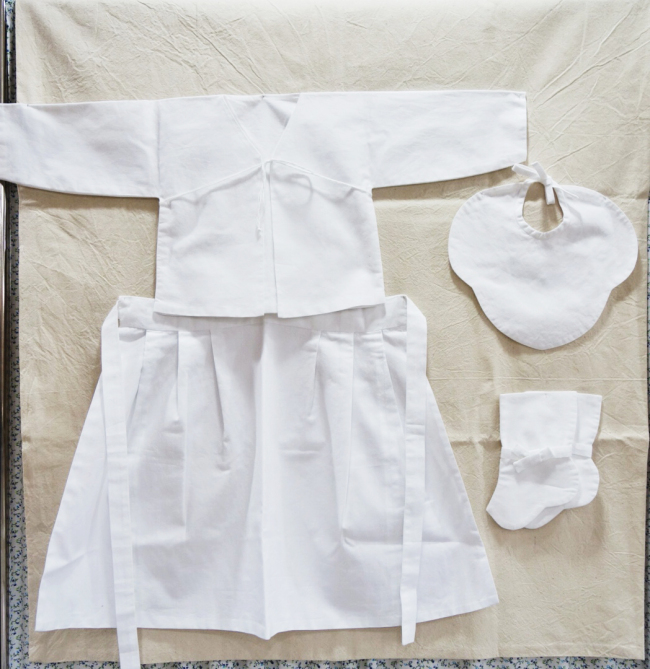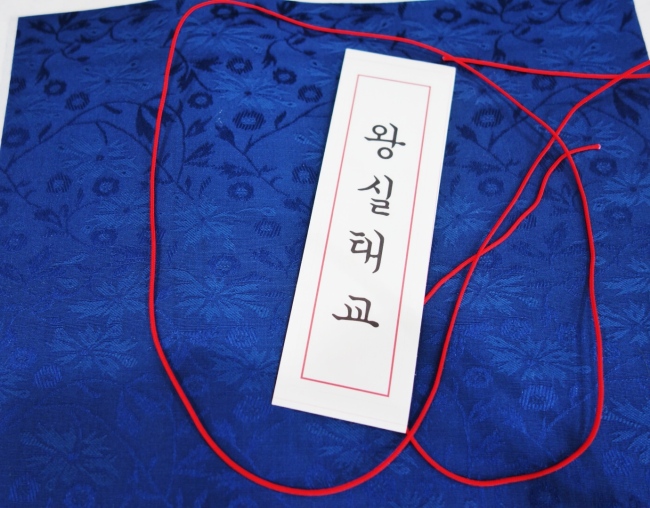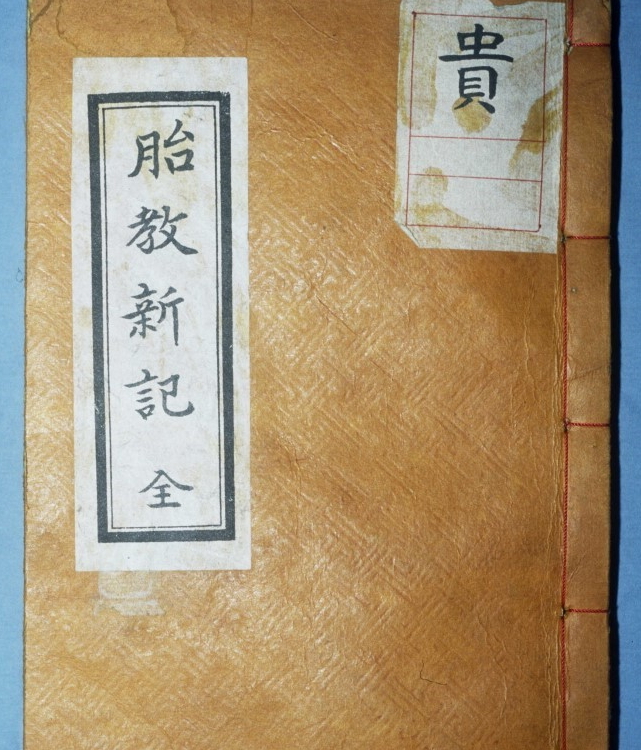Early education starts from the womb?
From ancient royals to modern working moms, Korean women practice traditional prenatal care ‘taegyo’
By Korea HeraldPublished : March 16, 2015 - 19:25
“What is learned in the cradle is carried to the grave,” says a popular old adage.
While it means that habits acquired in youth tend to be hard to break, Korean people have long embraced a more literal interpretation of the saying.
Since over 600 years ago, expectant mothers in Korea have been practicing taegyo, a series of prenatal routines aimed at nurturing a healthy, virtuous and skilled child. They try to see and hear only the most pleasant things starting from three months of pregnancy.
While it means that habits acquired in youth tend to be hard to break, Korean people have long embraced a more literal interpretation of the saying.
Since over 600 years ago, expectant mothers in Korea have been practicing taegyo, a series of prenatal routines aimed at nurturing a healthy, virtuous and skilled child. They try to see and hear only the most pleasant things starting from three months of pregnancy.


One program called “Royal Taegyo” allows mothers to experience centuries-old taegyo methods followed by historical Korean queens.
“Participants will bind a taegyo diary in silk and sew traditional ‘jeogori’ costumes for their babies,” said an official of the National Palace Museum of Korea, the organizer of the program. “Sewing enhances dexterity, which is said to boost the fetus’ brain development.”
According to ancient Korean medicine, all stimuli during pregnancy shape the personality of the baby after birth ― which is why mothers, especially those of future princes and kings in the Joseon court, adhered to a rigorous taegyo process so as to bear a fine heir.
A royal mother should not “sleep on her side, sit slanting, stand on one foot, or consume odd-tasting food. She should not see vicious colors or hear obscene sounds; she should recite poetry ... and speak truthfully,” says “Seonghakjipyo,” a Joseon textbook on royal education.
Queens also took poetry and art lessons and meditated every morning on proverbs engraved on boards of jade, which was considered a comforting hue. Court musicians would strum the traditional string instrument “geomungo” in the background for a soothing atmosphere, according to “Annals of the Joseon Dynasty.”

Famous stories of royal taegyo are told to this day.
Lady Hyegyeong, for example, ate only the freshest seasonal food, maintained graceful posture and dwelled on peaceful thoughts during pregnancy, writes Pukyong National University professor Shin Myeong-ho in “The Education of the Joseon Royal Household.”
Incidentally, she gave birth to Jeongjo, Joseon’s 22nd king who is heralded as a visionary and leader of the dynasty’s renaissance.
Then there is the story of Lady Yoon, the second wife of Seongjong, who suffered intense jealousy as the king took to other concubines during her pregnancy. After 9 months of angst, she gave birth to Yeonsangun, who turned out to be the most barbaric tyrant in the history of Joseon.
Anecdotes like these strengthened the belief that a mother’s emotional state during pregnancy could shape the child’s temperament after birth.
“More important are 10 months of maternal care inside the womb than 10 years of education after birth,” says a famous quote from “Taegyo shingi,” a guidebook on folk taegyo written by Joseon era scholar Sajudang Lee.
The interest in taegyo persists today. There are all different kinds of programs that incorporate music, exercise, cross-stitching, forest bathing, Pilates, and more ― travel agency Hana Tour even offers a Guam taegyo travel package.
“One reason behind this boom is the decrease in birthrate,” said the Palace Museum official. “Parents are investing more in the few children they have, and that includes education in the womb.”
Prenatal care is not unheard of in the west. Maternity programs like Lamaze and the self-help book “What to Expect When You’re Expecting” are wildly popular among expectant mothers.
However, the distinctive aspect of taegyo is that it is concerned with the psychological development of the fetus in addition to the physiological.
While ultrasound checkups focus on monitoring physical growth, taegyo believes that a fetus is capable of retaining sensations and influences ― an idea which reflects the Confucian belief that an embryo is a fully-fledged human being at the moment of fertilization, said Shin in an interview with The Korea Herald.
“This is the reason why newborns in Korea are considered one year old upon birth,” he said.
Some view the focus on taegyo as another example of the overheated early education in Korea. Its underlying philosophy, however, has more to do with self-examination than social advancement, said the professor.
“Confucian education is not originally driven by greed, but aims to cultivate life and the human potential,” he said. “It aims for a ‘well-rounded human being,’ and taegyo should be seen as the first step in this process.”
By Rumy Doo (bigbird@heraldcorp.com)
-
Articles by Korea Herald



















![[Today’s K-pop] Treasure to publish magazine for debut anniversary](http://res.heraldm.com/phpwas/restmb_idxmake.php?idx=642&simg=/content/image/2024/07/26/20240726050551_0.jpg&u=)